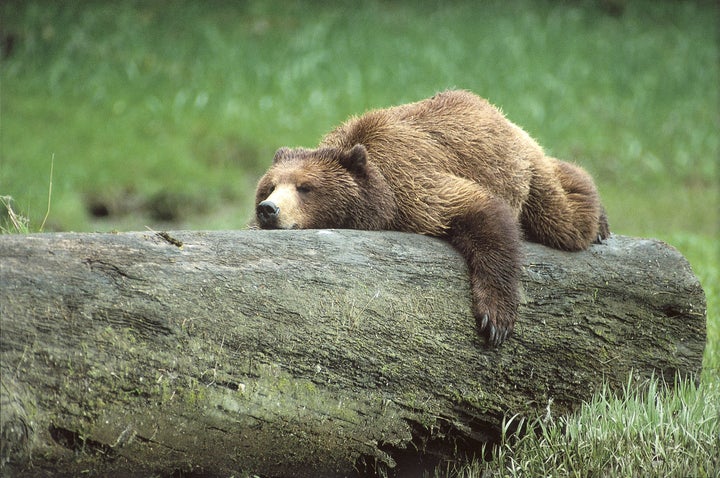
The famous conservationist, Aldo Leopold, once observed that “relegating grizzlies to Alaska is about like relegating happiness to heaven; one may never get there.” With a newly released plan to restore grizzly bears in Washington’s North Cascades, heaven may have just gotten a little closer for all of us in the Pacific Northwest.
Today, grizzlies occupy less than 5 percent of their original range in the contiguous United States. But the National Park Service and U.S. Fish and Wildlife Service are considering what would be a watershed moment for the species: returning the grizzly to its former prominence in Washington’s North Cascades National Park and surrounding public lands, and you have the opportunity to support this proposal.
The North Cascades is one of the largest truly wild areas in the lower 48 states, providing the perfect terrain for grizzlies to thrive. The region encompasses more than 2 million acres of federally designated wilderness and is one of six primary grizzly recovery areas identified by the Fish and Wildlife Service.
Grizzlies have long made the snow-capped mountains and deep green valleys of the North Cascades their home, and still do – but their numbers are dismal with fewer than 10 bears estimated to occupy the vast area. The government’s plan would aim to bring that number to 200.
“Rather than racing to strip protections from grizzlies, we need to look at new places for bears to live.”
Here’s the bottom line: A sustainable grizzly population in the North Cascades is absolutely necessary for the continued recovery of the bears in the contiguous United States.
Historically, grizzly bears ranged from Alaska to Mexico, with an estimated 50,000 bears roaming the western half of the contiguous U.S. With European settlement of the West, they were shot, poisoned and trapped to near extinction. Today, just 1,500 to 1,800 grizzlies are found in four isolated populations in the northern Rocky Mountains, and just a few currently occupy the North Cascades.
Grizzly bears are vital components of healthy ecosystems. An important keystone species, grizzlies regulate prey populations and disperse untold numbers of seeds. Reaching up to 800 pounds and 8 feet tall when standing, grizzly bears boast tremendous size and physical strength and have almost no enemies.
As a matter of fact, they have just a single natural enemy — us. And humans have proven to be a formidable foe. Yet, we are the reason the existing populations have recovered, so we are also the bears’ most important ally.
That alliance is vital not just in the North Cascades, but also in the Yellowstone region and everywhere grizzlies live. I’ve watched grizzlies make their inspirational comeback to nearly sustainable numbers. But they’re not fully recovered yet. That’s why the organization I work for, the Center for Biological Diversity, has steadfastly opposed the Fish and Wildlife Service’s decision to remove Yellowstone grizzlies from the federal endangered species list.
Rather than racing to strip protections from grizzlies, we need to look at new places for bears to live. That’s why the plan to introduce grizzlies to the North Cascades wildlands is such a smart and important proposal. I applaud the Park Service and Fish and Wildlife Service for moving towards this historic step to preserve our natural heritage.
